When conversations turn to ancient ruins, minds often drift to the Colosseum, Parthenon, or Stonehenge—European icons that have dominated history books and travel itineraries for generations. Yet beyond Europe’s well-trodden archaeological sites lies a world of equally impressive ancient wonders that tell fascinating stories of civilizations that thrived, innovated, and sometimes mysteriously vanished long before modern times.
From monumental temple complexes hidden in jungle growth to entire cities carved from living rock, these remarkable sites offer profound connections to human ingenuity across millennia.
Here is a list of 14 extraordinary ancient ruins outside Europe that deserve a place on any history enthusiast’s bucket list.
Angkor Wat, Cambodia
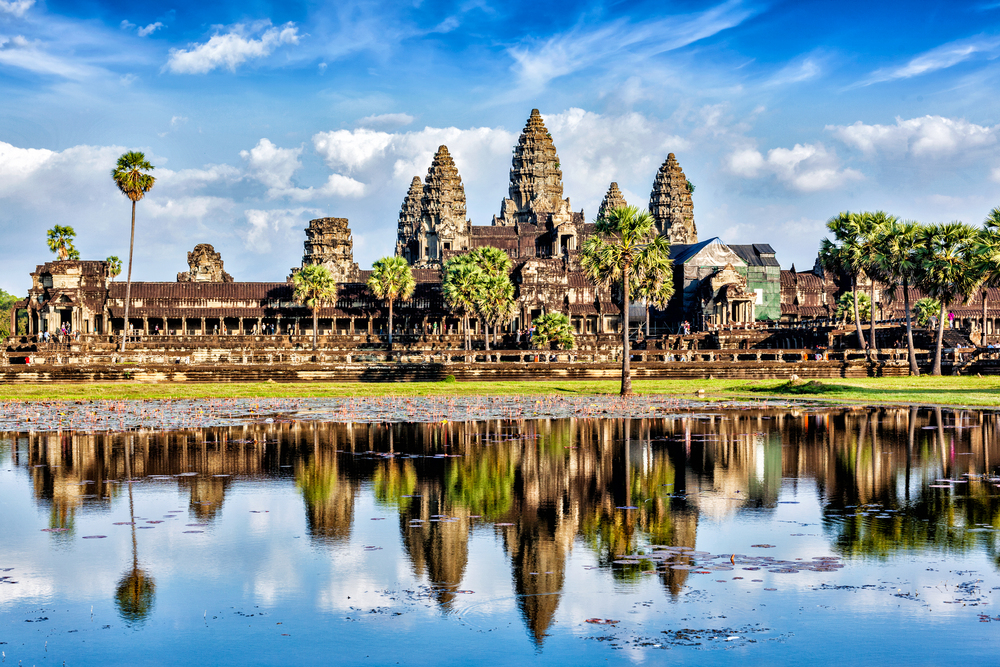
Rising from the jungle like a stone mirage, this massive temple complex remains the largest religious monument in the world, covering nearly 500 acres. Built during the Khmer Empire in the early 12th century, Angkor Wat began as a Hindu temple before gradually transforming into a Buddhist site over the following centuries.
The main temple’s distinctive five towers symbolize the peaks of Mount Meru—home of Hindu deities—and are reflected perfectly in adjacent pools during calm mornings. The sandstone walls feature nearly 2,000 apsara (celestial nymph) carvings, each with unique features and attributes, alongside extensive bas-reliefs depicting historical events and mythological stories that stretch for almost half a mile.
Tikal, Guatemala

Deep within the rainforests of northern Guatemala, limestone pyramids pierce through the jungle canopy in dramatic fashion. This ancient Maya city flourished between 200-900 CE and once housed approximately 100,000 residents in an urban center that covered over six square miles. The site’s iconic Temple IV stands 230 feet tall, offering visitors who climb its wooden staircase panoramic views across a seemingly endless green canopy broken only by other temple tops emerging from the jungle.
Spider monkeys and tropical birds move through surrounding trees, while underground reservoirs and sophisticated water management systems beneath your feet reveal the engineering prowess that sustained this metropolis through seasonal droughts.
Like Travel Pug’s content? Follow us on MSN.
Borobudur, Indonesia

The world’s largest Buddhist temple hides in plain sight on Indonesia’s Java island, where nine stacked platforms create a massive three-dimensional mandala meant to guide pilgrims through Buddhist cosmology. Built around the 8th century using over two million stone blocks without mortar, the structure was abandoned for centuries and became engulfed by volcanic ash and jungle growth until its rediscovery in the 1800s.
The monument features 504 Buddha statues and over 2,500 narrative relief panels that would stretch for miles if placed end to end. Dawn visitors often witness mist settling between the stupas while the first light illuminates distant volcanoes—a scene hardly changed from what pilgrims experienced over a millennium ago.
Great Zimbabwe, Zimbabwe
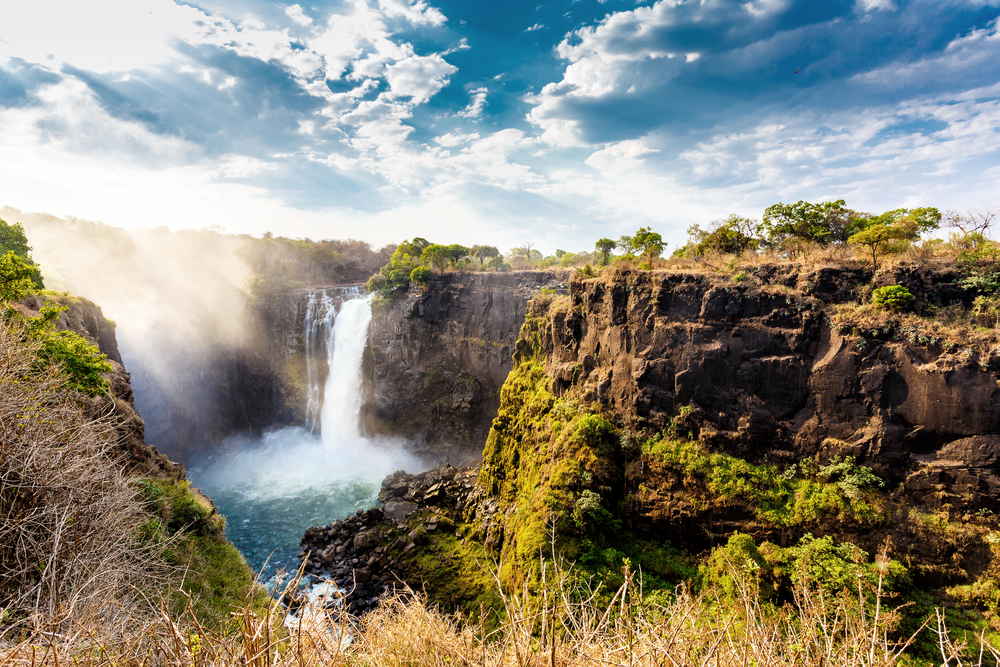
Rising from a hilltop in southern Zimbabwe stand massive stone walls built without mortar that once formed the capital of the Kingdom of Zimbabwe from the 11th to 15th centuries. These remarkable structures, featuring walls up to 36 feet tall and 20 feet thick, represent the largest ancient structures in sub-Saharan Africa outside Egypt. The complex’s most impressive feature—the Great Enclosure—contains enough stone to build a wall three feet tall around the entire perimeter of Manhattan.
Archaeological evidence indicates this was once a thriving trade center dealing in gold and ivory with partners as far away as China, contradicting colonial-era attempts to attribute these sophisticated structures to non-African builders. The site’s acoustic properties create mysterious whispering effects between certain walls, demonstrating the builders’ sophisticated understanding of sound dynamics.
Chichén Itzá, Mexico
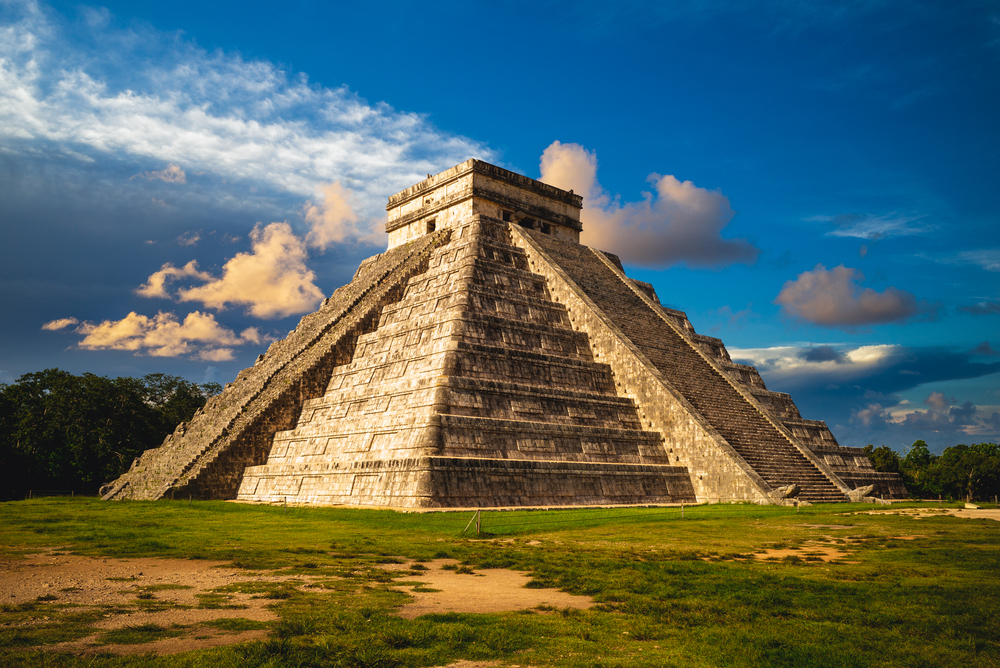
This ancient Maya city on Mexico’s Yucatán Peninsula showcases an astronomical observatory, massive ball court, and the iconic El Castillo pyramid—a structure so precisely engineered that during equinoxes, triangles of light and shadow create the illusion of a serpent descending the northern staircase. The site reveals cultural fusion through its architecture, displaying both traditional Maya construction techniques and influences from central Mexican Toltec civilization.
The acoustics at the main plaza demonstrate remarkable engineering—a clap at one end returns a chirping sound mimicking the sacred quetzal bird while standing at the base of El Castillo creates an echo that transforms handclaps into sounds resembling their revered feathered serpent deity.
Like Travel Pug’s content? Follow us on MSN.
Moai of Easter Island, Chile

Nearly a thousand monolithic stone figures with oversized heads stare inland across windswept Easter Island, creating one of archaeology’s most enduring mysteries. These massive statues average 13 feet in height and weigh 14 tons, though the largest unfinished moai would have stood 72 feet tall if completed. Created between 1250 and 1500 CE by Polynesian settlers on this remote island 2,300 miles from the nearest continent, the statues were carved from volcanic tuff using stone tools before being transported miles across difficult terrain.
Modern experimental archaeology has demonstrated how just 18 people using ropes could “walk” these massive figures across the landscape, challenging long-held assumptions about the level of resources required for their creation and transportation.
Petra, Jordan
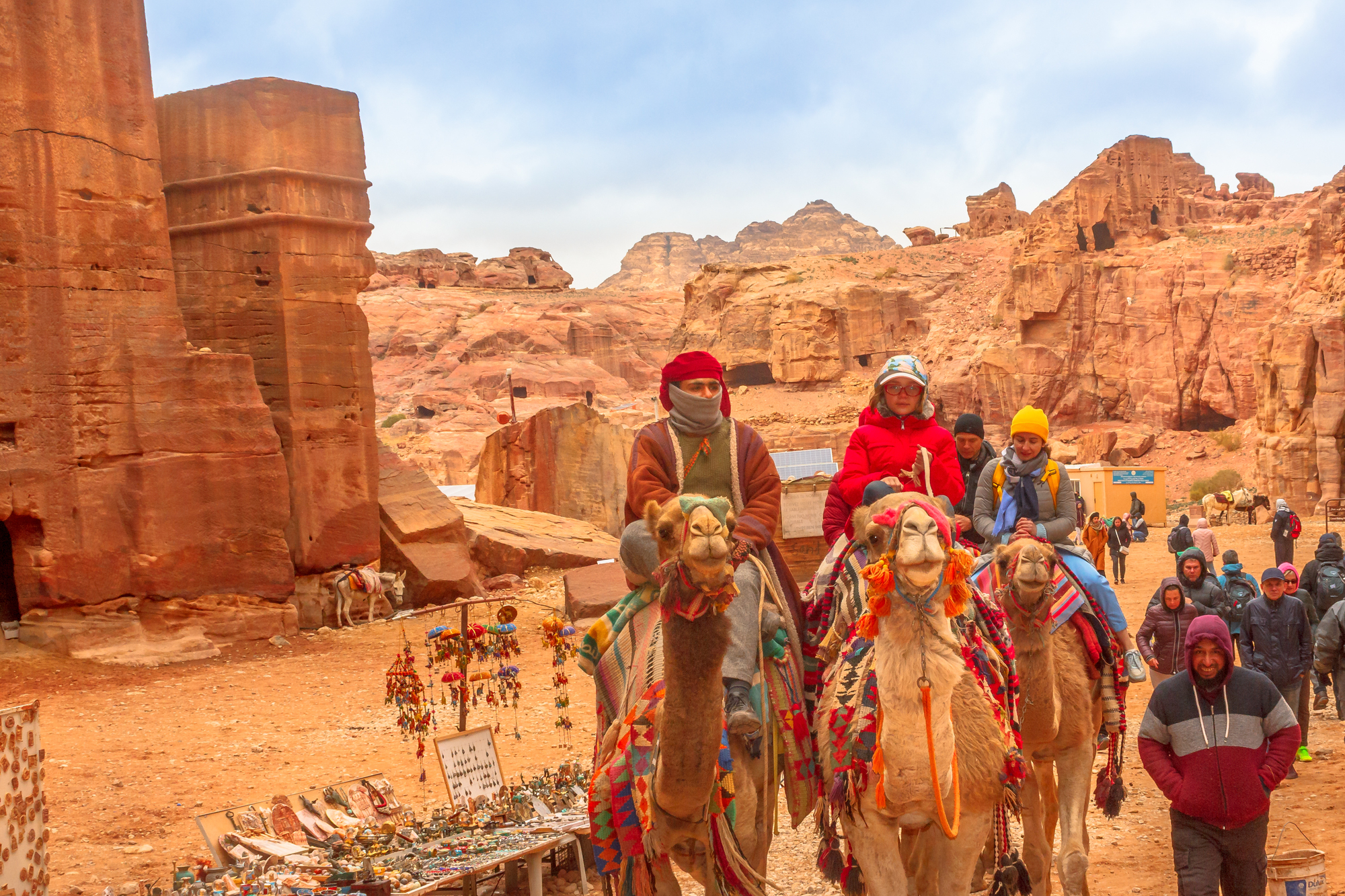
Carved directly into rose-colored sandstone cliffs, this ancient city reveals itself dramatically through a narrow canyon passageway that suddenly opens to reveal the iconic Treasury facade. The Nabataeans who built Petra created a sophisticated metropolis featuring hundreds of structures, an advanced water management system of dams and conduits, and distinctive architectural elements blending Hellenistic influences with local traditions. Beyond the famous Treasury lies an entire city with enormous tombs, a 3,000-seat amphitheater cut from living rock, and hillside facades accessed via staircases carved into cliff faces.
The site takes on magical qualities at night during special candlelit events when thousands of luminaries illuminate paths and structures, recreating how ancient inhabitants might have experienced these spaces during ceremonies.
Bagan, Myanmar

Across a 26-square-mile plain beside Myanmar’s Irrawaddy River, over 2,200 surviving Buddhist temples and stupas create an otherworldly landscape that once contained more than 10,000 religious structures built between the 11th and 13th centuries. The ancient kingdom’s rulers and wealthy citizens commissioned these buildings to gain religious merit, creating what was effectively an entire city dedicated to spiritual pursuits.
Many structures feature remarkably preserved interior frescoes depicting Buddhist teachings and daily life scenes from nearly a millennium ago. Hot air balloons frequently drift over the site at sunrise, providing a modern vantage point to appreciate the mind-boggling scale of this religious complex, where active worship continues at many temples.
Like Travel Pug’s content? Follow us on MSN.
Mesa Verde, United States

Tucked into cliffs in southwestern Colorado, these remarkable dwellings built by Ancestral Puebloan people showcase sophisticated multi-story structures constructed within natural sandstone alcoves. The most impressive dwelling, Cliff Palace, contains 150 rooms and 23 ceremonial spaces cleverly engineered to maximize limited space while creating functional living areas for approximately 100 residents. The dwellings feature precisely constructed stone walls, wooden ceiling beams harvested from forests miles away, and plaster finishes detailed with colorful designs.
The site demonstrates remarkable astronomical knowledge—certain structures align perfectly with solstice and equinox events, creating light patterns that mark seasonal transitions critical for agricultural planning in this challenging environment.
Sukhothai Historical Park, Thailand

The first truly independent Thai kingdom established its capital at Sukhothai in the 13th century, creating an urban paradise where nearly 200 temple complexes spread across 27 square miles. The central zone contains numerous lotus-shaped stupas, massive seated Buddha images, and elegant walking Buddha figures that established an artistic style still influencing Thai aesthetics today.
Ancient inscriptions describe Sukhothai as a utopian society where “fish fills the water and rice fills the fields,” prosperity reflected in the sophisticated hydraulic engineering systems that transported water through canals, reservoirs, and aqueducts throughout the city. Morning mist often clings to lotus ponds surrounding the temples, creating ethereal scenes best explored by bicycle along tree-lined pathways connecting major monuments.
Lalibela, Ethiopia

In the 12th century, King Lalibela commissioned 11 extraordinary churches carved entirely from solid volcanic rock—not built up from blocks, but excavated downward, with craftsmen removing thousands of tons of stone to create buildings with interior spaces up to three stories high. The most famous structure, the Church of St. George, takes the form of a perfect cross sunk nearly 40 feet into bedrock.
An extensive network of trenches, tunnels, and ceremonial passages connects these churches, creating a symbolic representation of Jerusalem that allowed Ethiopian Christians to make pilgrimages when Muslim conquests blocked access to the Holy Land. Services continue to this day, with white-robed worshippers gathering in these ancient spaces amid the haunting sounds of priests chanting with traditional prayer sticks and drums.
Like Travel Pug’s content? Follow us on MSN.
Teotihuacán, Mexico
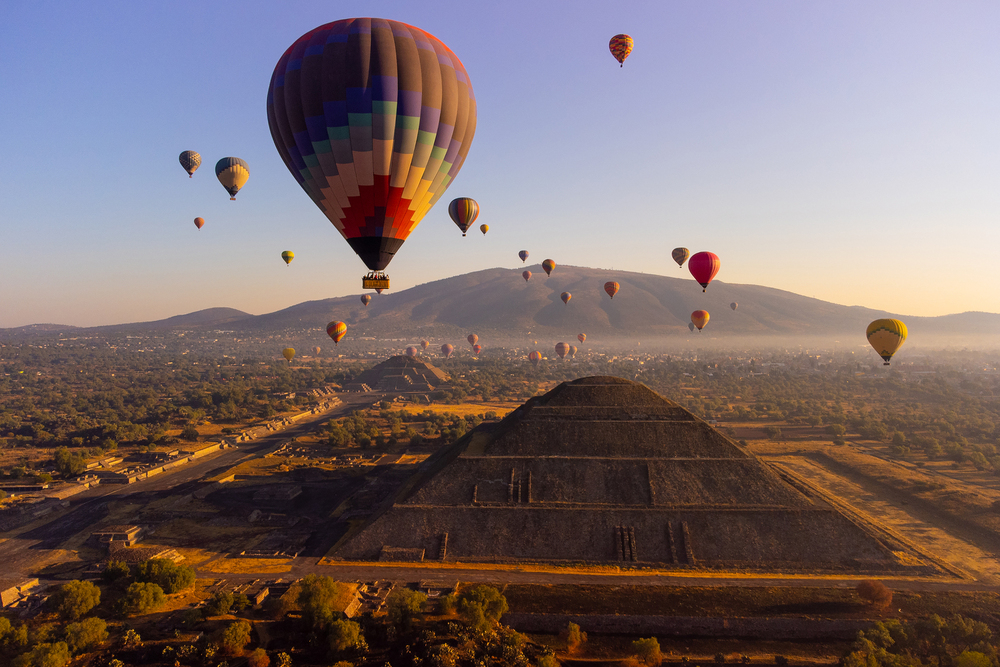
Just 30 miles northeast of Mexico City stands an ancient metropolis once home to over 125,000 people around 450 CE—making it one of the largest cities in the world during its peak. The site follows precise astronomical alignments along its primary thoroughfare, the Avenue of the Dead, which connects major structures, including the massive Pyramids of the Sun and Moon.
The Pyramid of the Sun, requiring over 2.5 million tons of stone for construction, contains mysterious chambers and tunnels beneath its base, including one natural cave modified with artificial features that likely served ritual purposes connected to creation mythology. The site’s abundant murals feature vibrant colors derived from mineral pigments that have retained their intensity for over 15 centuries.
Sigiriya, Sri Lanka

This extraordinary palace complex rises dramatically from the central plains of Sri Lanka atop a massive column of hardened magma from an extinct volcano. Built-in the 5th century CE by King Kasyapa, who seized power through patricide, the site combined defensive fortifications with pleasure gardens featuring sophisticated hydraulic systems that still function during rainy seasons.
Visitors ascending to the palace ruins climb past enormous lion’s paws carved from rock—remnants of a massive lion figure through whose mouth visitors once entered the final staircase. Halfway up the rock face, a sheltered gallery contains remarkably preserved frescoes of 21 women with distinctive features, jewelry, and attire that continue generating scholarly debate about whether they represent celestial beings, concubines, or queens from various regions.
Göbekli Tepe, Turkey

Perhaps the most paradigm-shifting archaeological discovery in recent decades, this ceremonial complex predates Stonehenge by 6,000 years and the invention of pottery, writing, metal tools, and even agriculture. The site features massive T-shaped limestone pillars arranged in rings, many decorated with detailed relief carvings of dangerous animals, including lions, scorpions, and vultures.
Constructed by hunter-gatherers around 9500 BCE, the complex upends traditional understanding of prehistoric societies, suggesting complex religious organizations existed before permanent settlements and farming. Only about 5% of the site has been excavated, with ground-penetrating radar indicating at least 16 more structures remain buried beneath the surface, potentially holding answers to how early humans transitioned from nomadic to settled existence.
Like Travel Pug’s content? Follow us on MSN.
Ancient Wonders Beyond the Expected
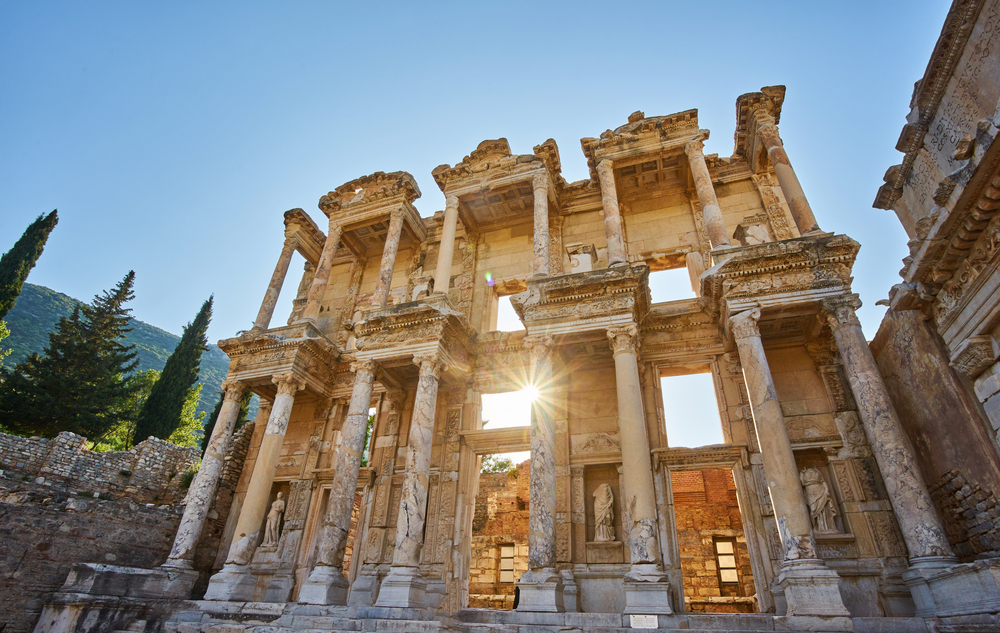
Our human story extends far beyond Europe’s well-documented ruins, revealing sophisticated achievements in engineering, artistry, and spiritual expression across continents and millennia. These 14 sites represent just a fraction of the archaeological treasures waiting to be experienced firsthand. Each ruin offers unique insights into how our ancestors approached the challenges of their time—from water management in arid environments to creating monumental structures with primitive tools.
The privilege of walking among these ancient stones connects modern visitors to the universal human drive to create lasting meaning through architecture and art. The stones may be silent, but for those willing to listen carefully, these ruins speak volumes about our shared heritage.
More from Travel Pug

- Cities Growing so Fast You Won’t Recognize Them in 10 Years
- 13 Destinations Where Tourists Regularly Regret Their Trip
- 16 U.S. Cities That Are Quietly Becoming Travel Hotspots
- Where to Travel If You Love Long Bus Rides and Daydreams
- 20 Cities Perfect for Solo Travelers Who Crave Adventure & Culture
Like Travel Pug’s content? Follow us on MSN.
